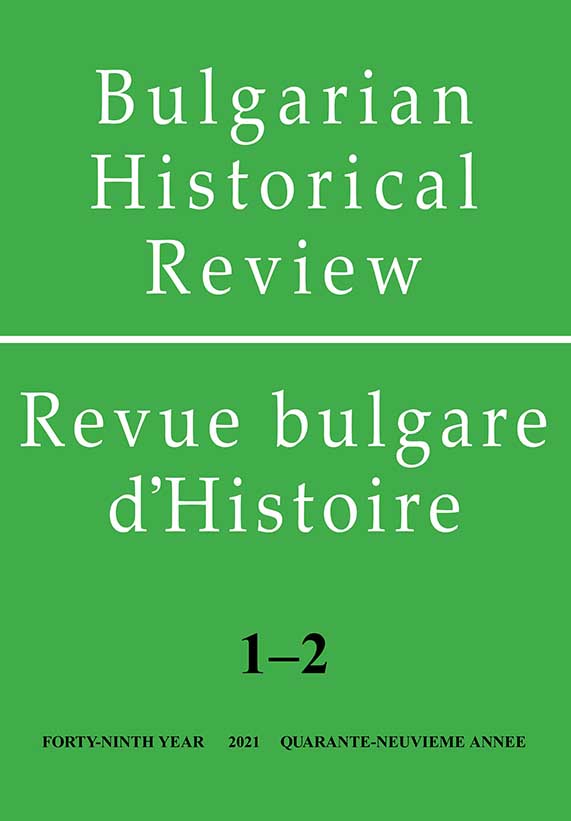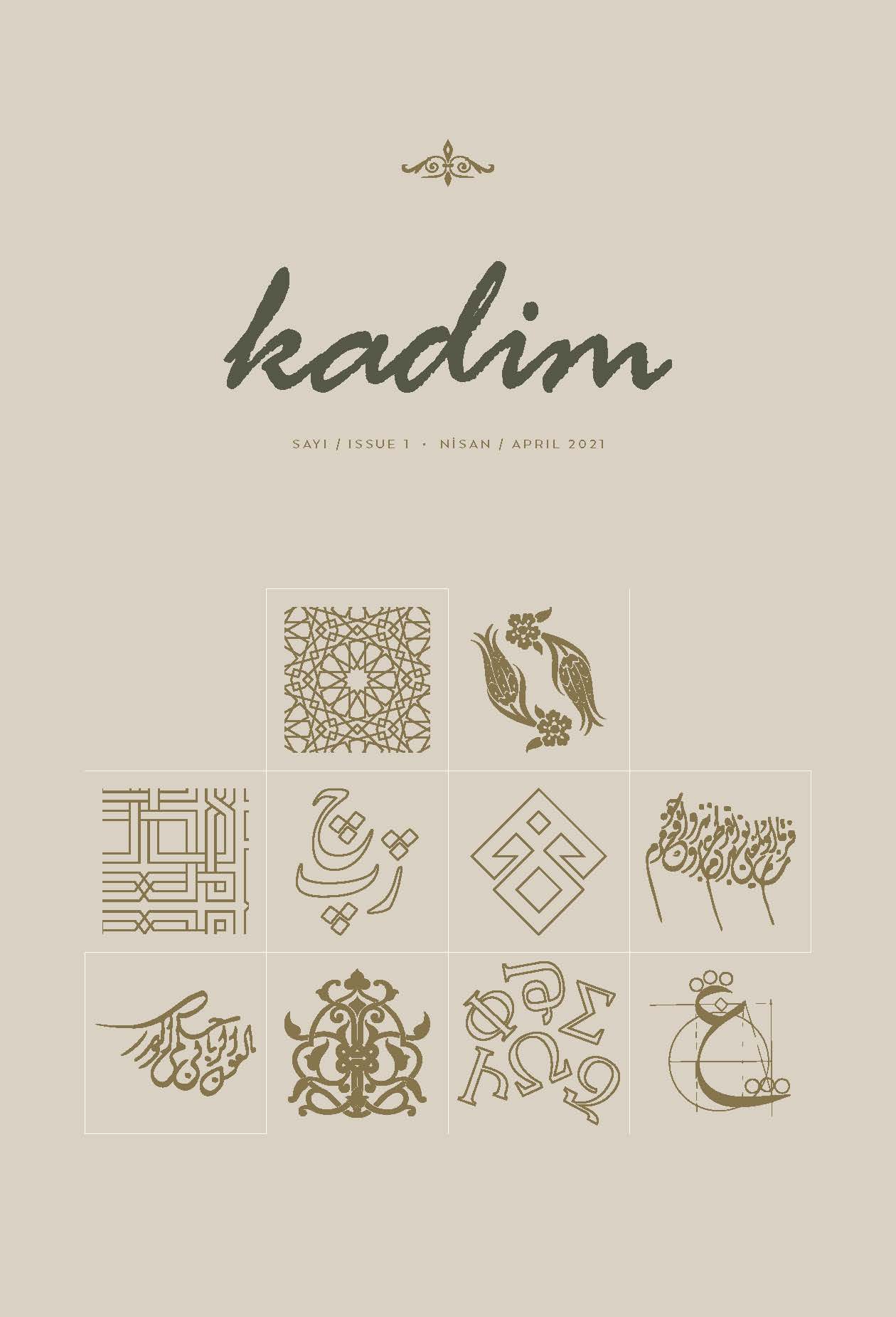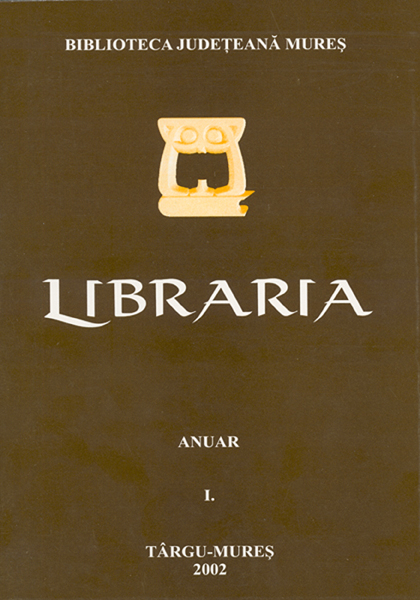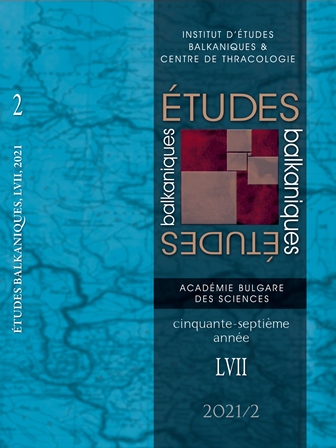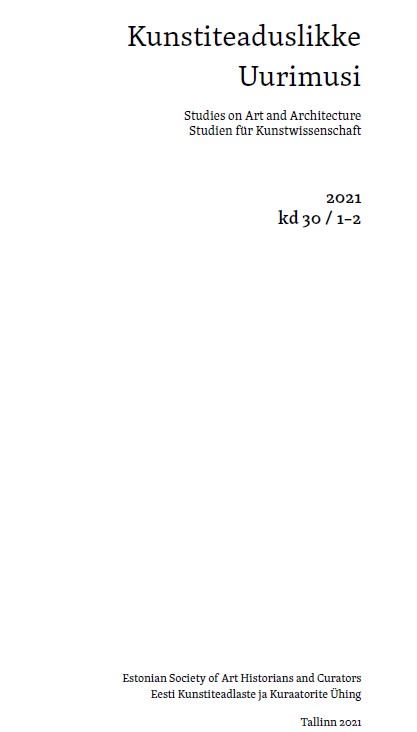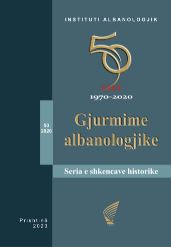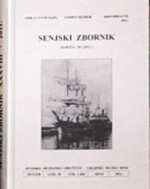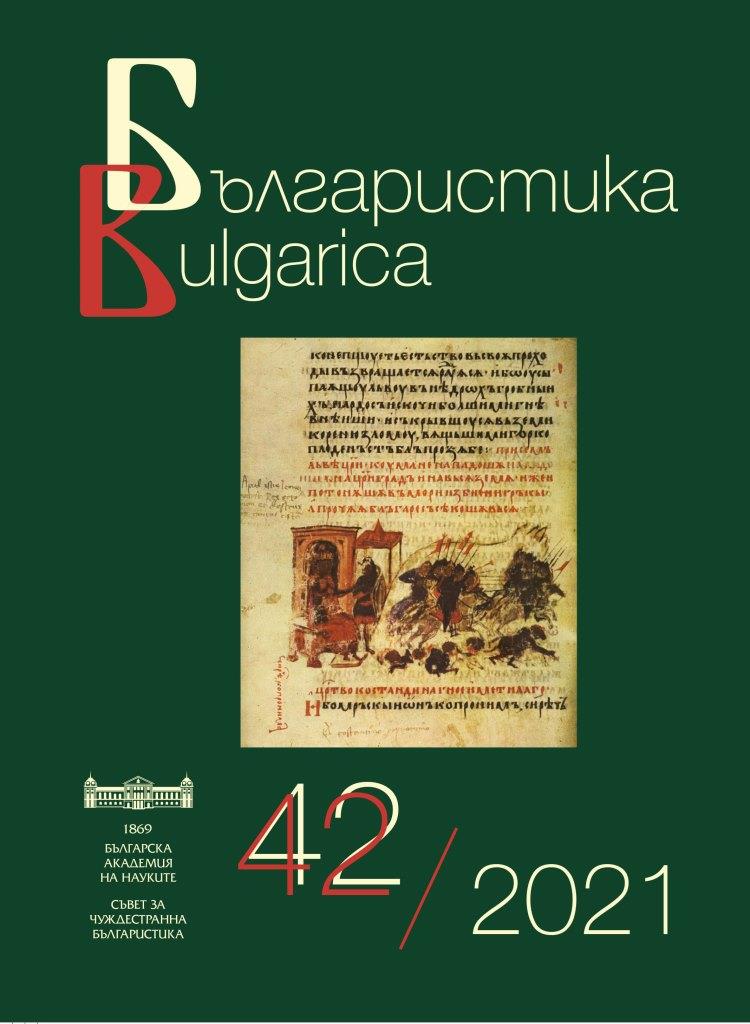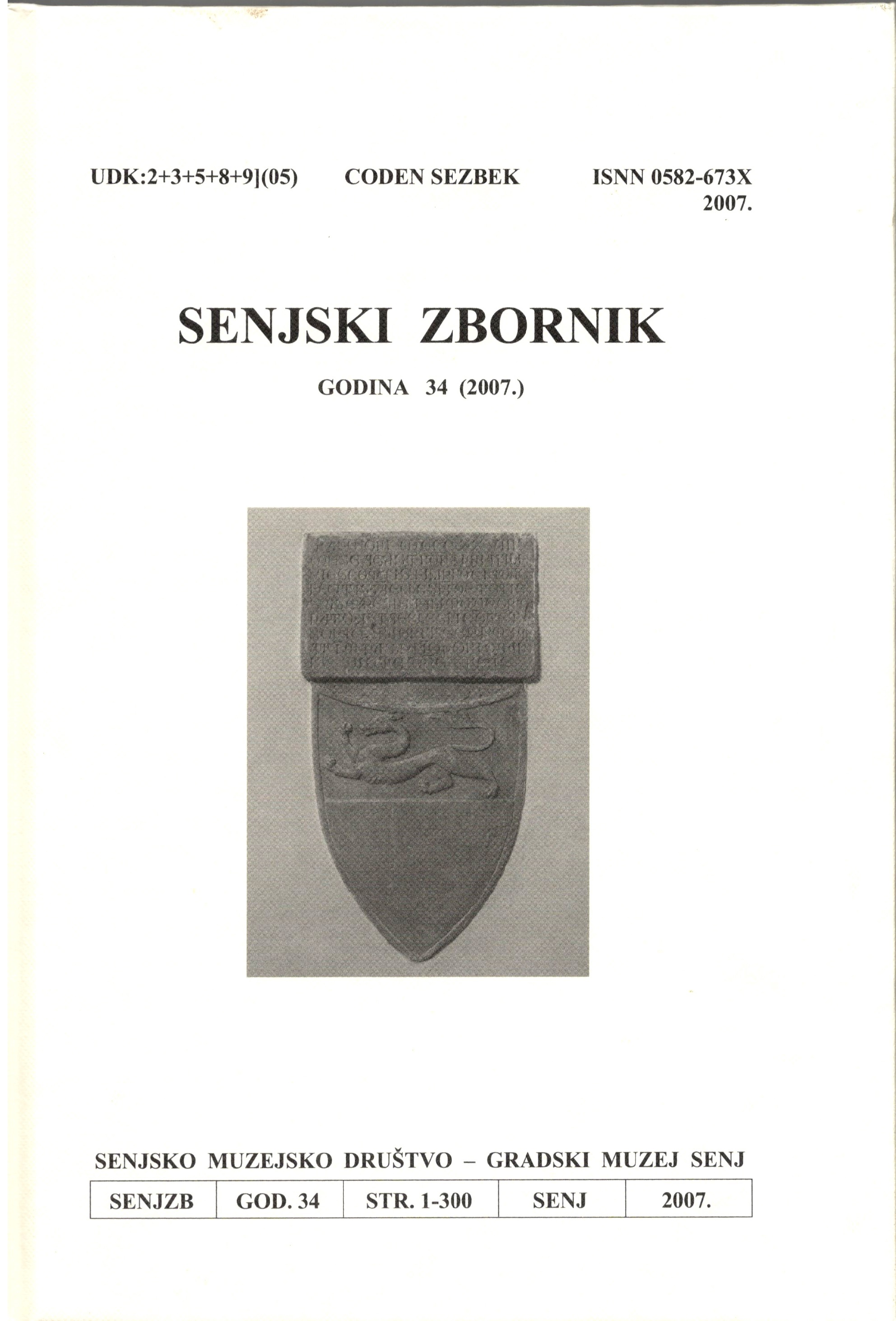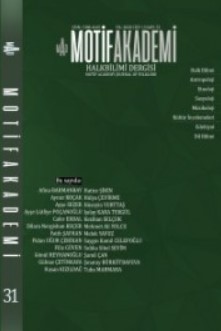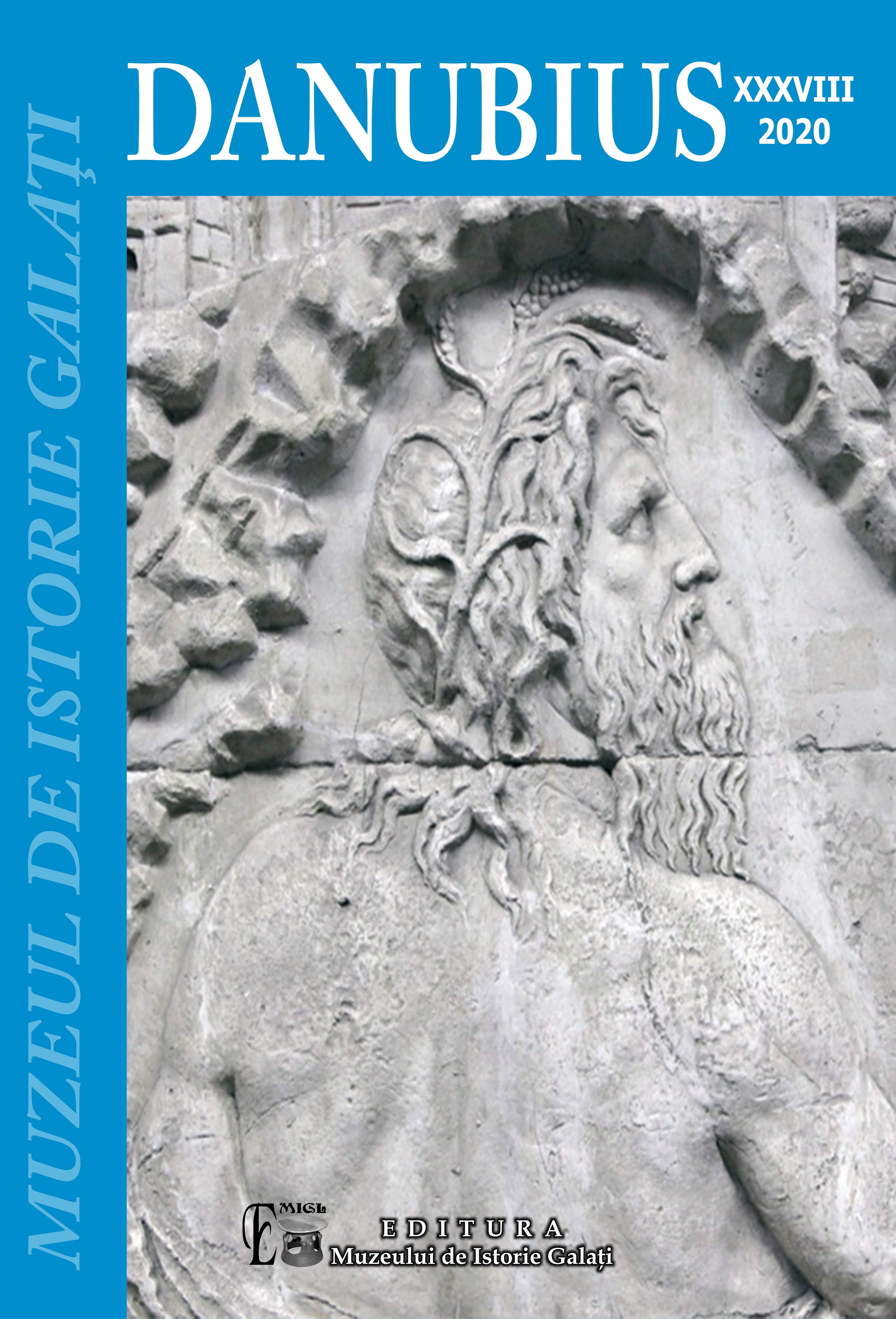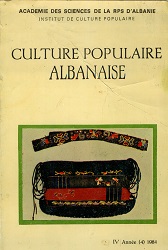
Caracteres et traits des agglomerations et de l’habitation rurale dans les XIV-XVIIIe siecles
Le niveau élevé des acquisitions urbanistiques et architectoniques des villes et des campagnes albanaises, durant les XVIII-XIXe siècles a eu comme principal facteur, outre les conditions socio-économiques, aussi une riche tradition stable. Ces deux facteurs résident précisément à la base de cette évolution relativement rapide des phénomènes constructifs qui concernent les deux siècles que nous venons de mentionner tout à l’heure. Désormais, à un temps que dans ses lignes générales et même pour certains aspects, aussi avec un excellent approfondissement, on a aménagé un tableau plus où moins complet de l’historique d’évolution des bâtiments populaires durant les XVIII-XIXe siècles, on ressent le besoin pressant à regarder un peu plus loin. Il s’agit, en effet, à suivre, autànt qu’il est possible, des données de tout ordre, le caractère et les traits des bâtiments, populaires en Albanie, surtout durant les XIV-XVIIIe siècles.
More...
